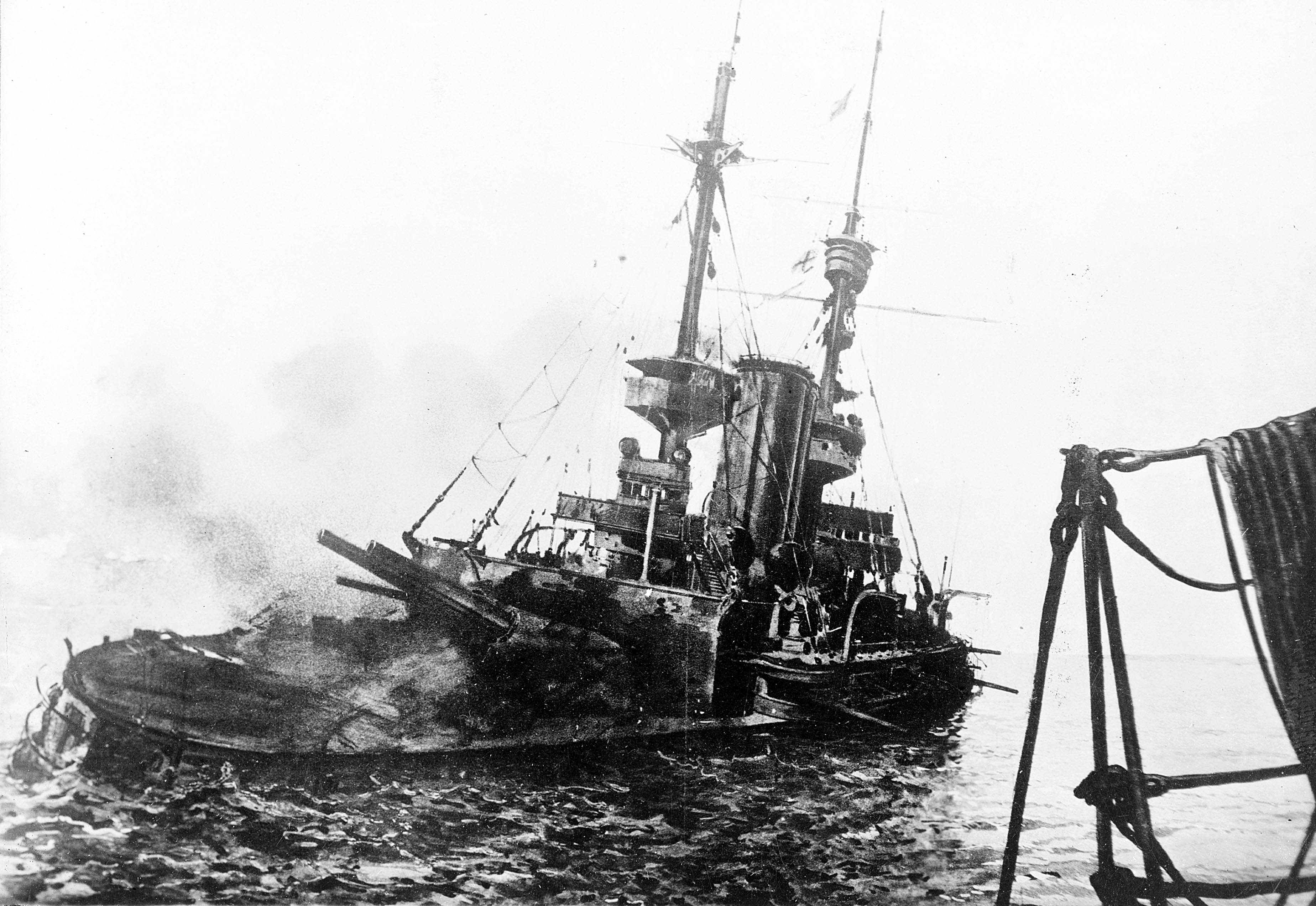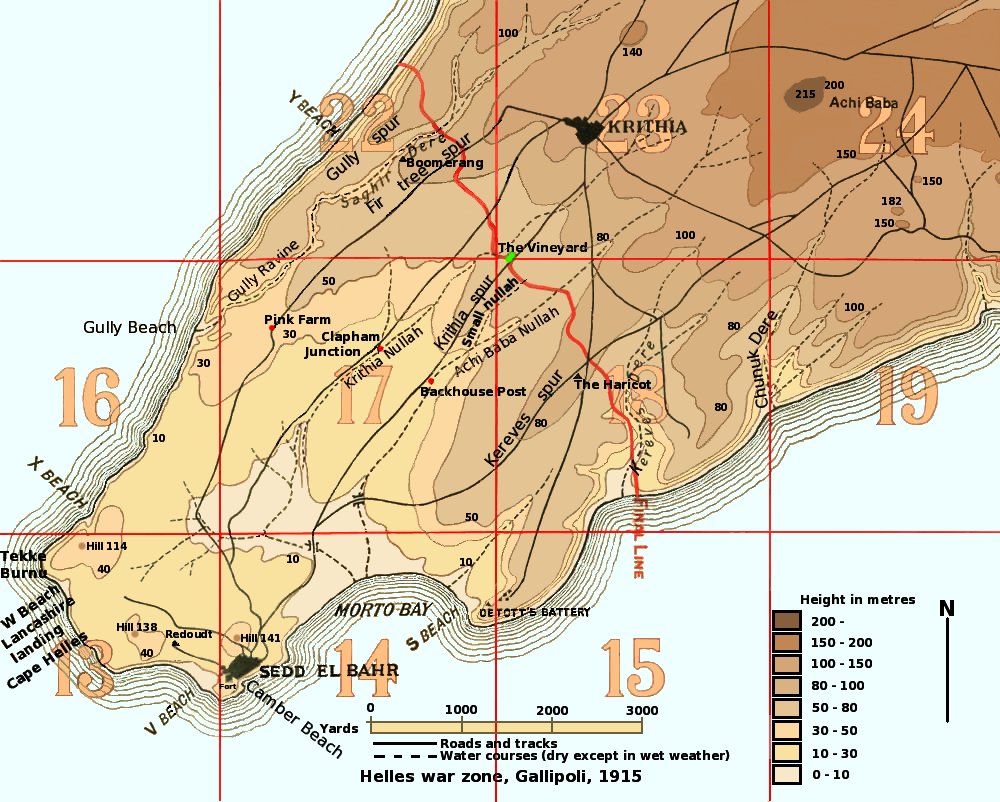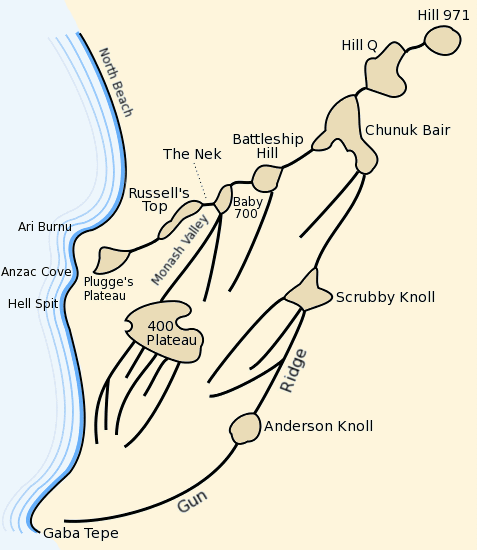|
List Of Ottoman Battles In The World War I
This is a list of battles in World War I in which the Ottoman Empire fought. The Ottoman Empire fought on many fronts including the Eastern, Romanian and Macedonian fronts. Only battles in which the Ottoman Empire was one of the major belligerents are shown. The list {, class="sortable wikitable" !Date !Battle !Front , - , 1914.11.02, , Köprüköy (Bergmann Offensive) , , Caucasus Campaign , - , 1914.11.11, , Basra, , Mesopotamian Campaign , - , 1914.12.22, , Sarikamish , , Caucasus Campaign , - , 1915.01.18, , Ardahan , , Caucasus Campaign , - , 1915.01.28, , Suez Canal , , Sinai and Palestine Campaign , - , 1915.03.18, , Naval operations , , Gallipoli Campaign , - , 1915.04.23, , Katya , , Sinai and Palestine Campaign , - , 1915.04.25, , Seddülbayır (Cape Helles) , , Gallipoli Campaign , - , 1915.04.25, , Kumkale , , Gallipoli Campaign , - , 1915.04.25, , 1st Arıburnu (Anza ... [...More Info...] [...Related Items...] OR: [Wikipedia] [Google] [Baidu] |
World War I
World War I (28 July 1914 11 November 1918), often abbreviated as WWI, was one of the deadliest global conflicts in history. Belligerents included much of Europe, the Russian Empire, the United States, and the Ottoman Empire, with fighting occurring throughout Europe, the Middle East, Africa, the Pacific, and parts of Asia. An estimated 9 million soldiers were killed in combat, plus another 23 million wounded, while 5 million civilians died as a result of military action, hunger, and disease. Millions more died in genocides within the Ottoman Empire and in the 1918 influenza pandemic, which was exacerbated by the movement of combatants during the war. Prior to 1914, the European great powers were divided between the Triple Entente (comprising France, Russia, and Britain) and the Triple Alliance (containing Germany, Austria-Hungary, and Italy). Tensions in the Balkans came to a head on 28 June 1914, following the assassination of Archduke Franz Ferdi ... [...More Info...] [...Related Items...] OR: [Wikipedia] [Google] [Baidu] |
Landing At Anzac Cove
The landing at Anzac Cove on Sunday, 25 April 1915, also known as the landing at Gaba Tepe and, to the Turks, as the Arıburnu Battle, was part of the amphibious invasion of the Gallipoli Peninsula by the forces of the British Empire, which began the land phase of the Gallipoli Campaign of the First World War. The assault troops, mostly from the Australian and New Zealand Army Corps (ANZAC), landed at night on the western (Aegean Sea) side of the peninsula. They were put ashore north of their intended landing beach. In the darkness, the assault formations became mixed up, but the troops gradually made their way inland, under increasing opposition from the Ottoman Turkish defenders. Not long after coming ashore, the ANZAC plans were discarded, and the companies and battalions were thrown into battle piecemeal and received mixed orders. Some advanced to their designated objectives, while others were diverted to other areas and ordered to dig in along defensive ridge lines. ... [...More Info...] [...Related Items...] OR: [Wikipedia] [Google] [Baidu] |
Battle Of Manzikert (1915)
The Battle of Manzikert or Battle of Malazgirt (russian: Битва при Манцикерте ''Bytva pri Mantsikerte'' ; Turkish: ''Malazgirt Muharebesi'' Fahri Belen, ''XX. Yüzyılda Osmanlı Devleti'', Remzi Kitabevi, 1975p. 257.) was a battle of the Caucasus Campaign of World War I, which took place over the period July 10–26, 1915. Even though losses were heavy on both sides, the Russians retreated north and the Turks retook Malazgirt then they further advanced towards Karakilise where they were defeated on 5–8 August at the Battle of Kara Killisse. Background At the beginning of May the Russians captured Tutak and on 17 May the town of Malazgirt was captured. Operations On July 10, 1915, Russian General Oganovski launched an offensive to capture the hills just west of Malazgirt. He believed that the Turkish forces in the area were weak. However, the Turkish forces contained several divisions numbering upwards of 40,000 men. On July 16, the Ottoman Army counter- ... [...More Info...] [...Related Items...] OR: [Wikipedia] [Google] [Baidu] |
Battle Of Gully Ravine
The Battle of Gully Ravine (''Zığındere'') was a World War I battle fought at Cape Helles on the Gallipoli peninsula. By June 1915 all thoughts the Allies had of a swift decisive victory over the Ottoman Empire had vanished. The preceding Third Battle of Krithia and the attack at Gully Ravine had limited objectives and had much in common with the trench warfare prevailing on the Western Front. Unlike previous Allied attacks at Helles, the Gully Ravine action was largely successful at achieving its objectives, though at a typically high cost in casualties. Prelude The third battle of Krithia on 4 June had made some progress in the centre of the line at Helles but had failed on the left flank (west) along Gully Spur and Gully Ravine and on the right flank (east) where the French contingent were confronted by a number of strong Ottoman redoubts on Kereves Spur. As a prelude to a new offensive the commander at Helles, Lieutenant General Aylmer Hunter-Weston ordered separate lim ... [...More Info...] [...Related Items...] OR: [Wikipedia] [Google] [Baidu] |
Third Battle Of Krithia
The Third Battle of Krithia ( Turkish: ''Üçüncü Kirte Muharebesi''), fought on the Gallipoli peninsula during World War I, was the last in a series of Allied attacks against the Ottoman defences aimed at achieving the original objectives of 25 April 1915. The previous failures in the first and second battles resulted in a less ambitious plan being developed for the attack, but the outcome was another costly failure for the Allies. The allied aim was, as always to facilitate the capture of ''Alçı Tepe'' ( Achi Baba) which commanded most of the peninsula. Prelude By late May, the British contingent on the Cape Helles front at Gallipoli had been expanded to three division and a brigade: the 29th Division (which had made the original landing), the Royal Naval Division (now reinforced to 12 battalions), the 42nd (East Lancashire) Division and the 29th Indian Brigade. On 24 May, the commander of the 29th Division, Major General Aylmer Hunter-Weston, was promoted to lieutenant g ... [...More Info...] [...Related Items...] OR: [Wikipedia] [Google] [Baidu] |
Third Attack On Anzac Cove
The third attack on Anzac Cove (19 May 1915) was an engagement during the Gallipoli Campaign of the First World War. The attack was conducted by the forces of the Ottoman Turkish Empire, against the forces of the British Empire defending the cove. On 25 April 1915, the Australian and New Zealand Army Corps (ANZAC) landed on the western side of the Gallipoli Peninsula, at what thereafter became known as Anzac Cove. The first Turkish attempts to recapture the ANZAC beachhead were two unsuccessful attacks in April. Just over two weeks later, the Turks had gathered a force of 42,000 men (four divisions) to conduct their second assault against the ANZAC's 17,300 men (two divisions). The ANZAC commanders had no indication of the impending attack until the day before, when British aircraft reported a build-up of troops opposite the ANZAC positions. The Turkish assault began in the early hours of 19 May, mostly directed at the centre of the ANZAC position. It had failed by midday ... [...More Info...] [...Related Items...] OR: [Wikipedia] [Google] [Baidu] |
Battle For No
A battle is an occurrence of combat in warfare between opposing military units of any number or size. A war usually consists of multiple battles. In general, a battle is a military engagement that is well defined in duration, area, and force commitment. An engagement with only limited commitment between the forces and without decisive results is sometimes called a skirmish. The word "battle" can also be used infrequently to refer to an entire operational campaign, although this usage greatly diverges from its conventional or customary meaning. Generally, the word "battle" is used for such campaigns if referring to a protracted combat encounter in which either one or both of the combatants had the same methods, resources, and strategic objectives throughout the encounter. Some prominent examples of this would be the Battle of the Atlantic, Battle of Britain, and Battle of Stalingrad, all in World War II. Wars and military campaigns are guided by military strategy, wherea ... [...More Info...] [...Related Items...] OR: [Wikipedia] [Google] [Baidu] |
Ottoman Destroyer Muavenet-i Milliye
''Muavenet-i Milliye'' or ''Muâvenet-i Millîye'' was a destroyer built for the Ottoman Navy prior to World War I. The ship is most notable for sinking the British pre-dreadnought battleship during the Dardanelles Campaign in World War I. Naming "Muâvenet" means ''support'' in Ottoman Turkish, and the full name of this first ship of that name, "Muâvenet-i Millîye", signifies ''national support''. Her name was given in honor of the Ottoman Navy National Support Association (''Donanma-i Osmânî Muâvenet-i Millîye Cemiyeti'', in short Navy Association / ''Donanma Cemiyeti''). This association was founded on the initiative of a merchant named Yağcızade Şefik Bey in July 1909, followed shortly afterwards by a wider participation including the more modest layers of the society. It collected funds through voluntary participation from among the Ottoman public to finance her purchase. ''Muâvenet-i Millîye'' was the first ship purchased, in Germany, through the fina ... [...More Info...] [...Related Items...] OR: [Wikipedia] [Google] [Baidu] |
Action Of 10 May 1915
The action of 10 May 1915 was a naval encounter between the Russian pre-dreadnought squadron and the Ottoman battlecruiser ''Yavuz Sultan Selim'' in the Black Sea. After a brief exchange of fire the Ottomans withdrew. Background On 9 May 1915, a Russian squadron attacked Ottoman shipping between Kozlu and Eregli, sinking four steamers and many sailing ships. The battlecruiser ''Yavuz Sultan Selim'', under Captain Richard Ackermann, immediately put to sea in order to intercept the Russians. Early on the morning of 10 May, a bombardment force detached from the Russian squadron in order to attack the Bosphorus forts. This consisted of the obsolete pre-dreadnoughts and '' Panteleimon'', the seaplane carriers ''Almaz'' and ''Imperator Alexander I'', as well as a screen of destroyers and minesweepers. Battle The Ottoman destroyer , acting as a guard ship at the mouth of the Bosphorus, sighted the bombardment force and radioed a warning to ''Yavuz''. Captain Ackermann prom ... [...More Info...] [...Related Items...] OR: [Wikipedia] [Google] [Baidu] |
Second Battle Of Krithia
The Second Battle of Krithia ( tr, İkinci Kirte Muharebesi) continued the Allies' attempts to advance on the Helles battlefield during the Battle of Gallipoli of the First World War. The village of Krithia and neighbouring hill of Achi Baba had to be captured in order for the British to advance up the Gallipoli peninsula to the forts that controlled passage of the Dardanelles straits. A small amount of ground was captured after two days of costly fighting, but the objectives remained out of reach. Prelude Forces Following the failure of the First Battle of Krithia, the exhausted soldiers of the British 29th Division halted to consolidate their positions. They had to endure a number of Ottoman counter-attacks on 1 and 4 May. Similar counter-attacks were repulsed at the Anzac landing on 2 May so that General William Birdwood, commander of the Australian and New Zealand Army Corps deemed his front sufficiently secure to enable two brigades to be moved to Helles for the next ... [...More Info...] [...Related Items...] OR: [Wikipedia] [Google] [Baidu] |
Battle For Baby 700
The battle for Baby 700 (2/3 May 1915), was an engagement fought during the Gallipoli Campaign of the First World War, between the forces of the British Empire and the Ottoman Turkish Empire. On 25 April 1915, the Australian and New Zealand Army Corps (ANZAC), conducted an amphibious landing on the Gallipoli Peninsula. The landing at Anzac Cove was supposed to capture Baby 700, on the third ridge from the Aegean coast on the first day, but Turkish opposition being stronger than expected foiled their plans and they were forced to form a defensive perimeter on the second ridge. Having successfully defended against a Turkish counter-attack on 27 April, they realised it would strengthen their position if they captured Baby 700. The operation was given to the New Zealand and Australian Division, their then strongest formation, supported by the 1st Royal Naval Brigade. The attack proved a costly failure for the British Empire forces, after the New Zealand troops on the left fla ... [...More Info...] [...Related Items...] OR: [Wikipedia] [Google] [Baidu] |
Second Attack On Anzac Cove
The second attack on ANZAC Cove (27 April 1915) was an engagement during the Gallipoli Campaign of the First World War. The attack was conducted by the forces of the Ottoman Turkish Empire, against the forces of the British Empire The British Empire was composed of the dominions, colonies, protectorates, mandates, and other territories ruled or administered by the United Kingdom and its predecessor states. It began with the overseas possessions and trading posts e ... defending the cove. References ;Footnotes ;Citations ;Bibliography * Conflicts in 1915 1915 in the Ottoman Empire New Zealand Mounted Rifles Brigade Battles of World War I involving Australia Battles of World War I involving New Zealand Battles of World War I involving the United Kingdom Battles of World War I involving British India Battles of World War I involving the Ottoman Empire Battles of the Gallipoli campaign April 1915 events {{Australia-mil-stub ... [...More Info...] [...Related Items...] OR: [Wikipedia] [Google] [Baidu] |







